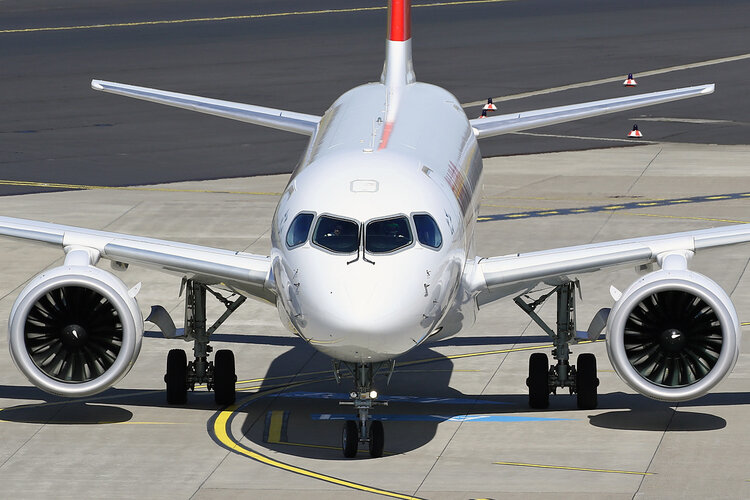- Joined
- 15 January 2021
- Messages
- 392
- Reaction score
- 1,426
Interesting that the two engine B-21 contrail appear significantly lighter / narrower than the F-16 chase plane. Since the contrail is formed from freezing water vapor from the burning fuel, does this mean the B-21 is burning less fuel than the F-16 at this flight condition? This assumes they are at the same altitude and contrail conditions, which can change rapidly.
It could also mean that the shape of the nozzle is flattening the exhaust stream, making the contrail thinner top to bottom turns less visible. but you would think this would result in a wider, if fainter, contrail
It could also mean that the shape of the nozzle is flattening the exhaust stream, making the contrail thinner top to bottom turns less visible. but you would think this would result in a wider, if fainter, contrail


![DOD_110570205.mp4_snapshot_00.14_[2024.09.18_23.08.56].jpg DOD_110570205.mp4_snapshot_00.14_[2024.09.18_23.08.56].jpg](https://www.secretprojects.co.uk/data/attachments/280/280590-985f91db821e5bd214e5b63165deb615.jpg)



